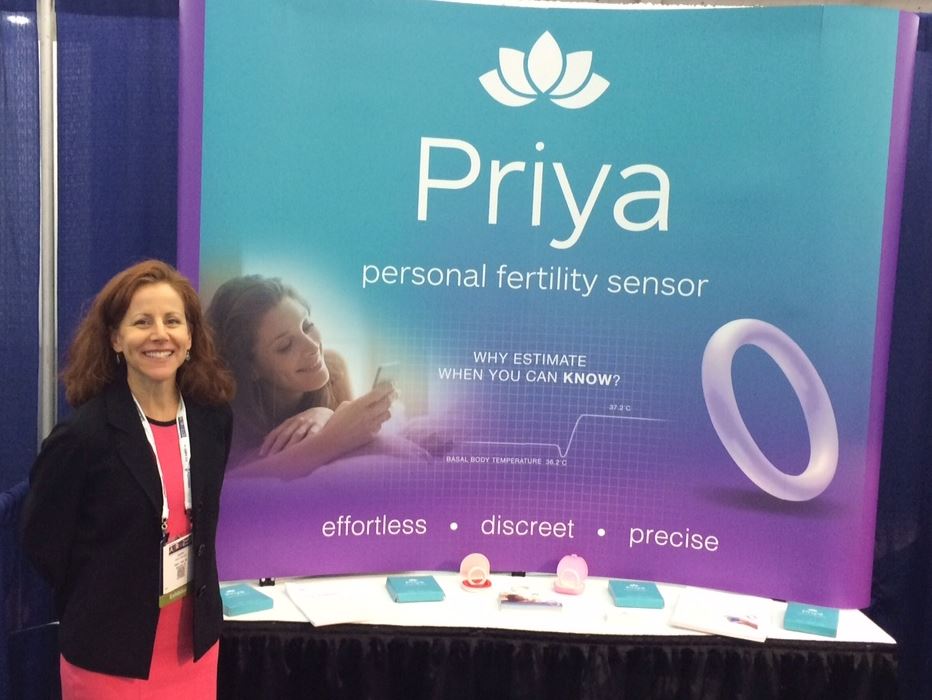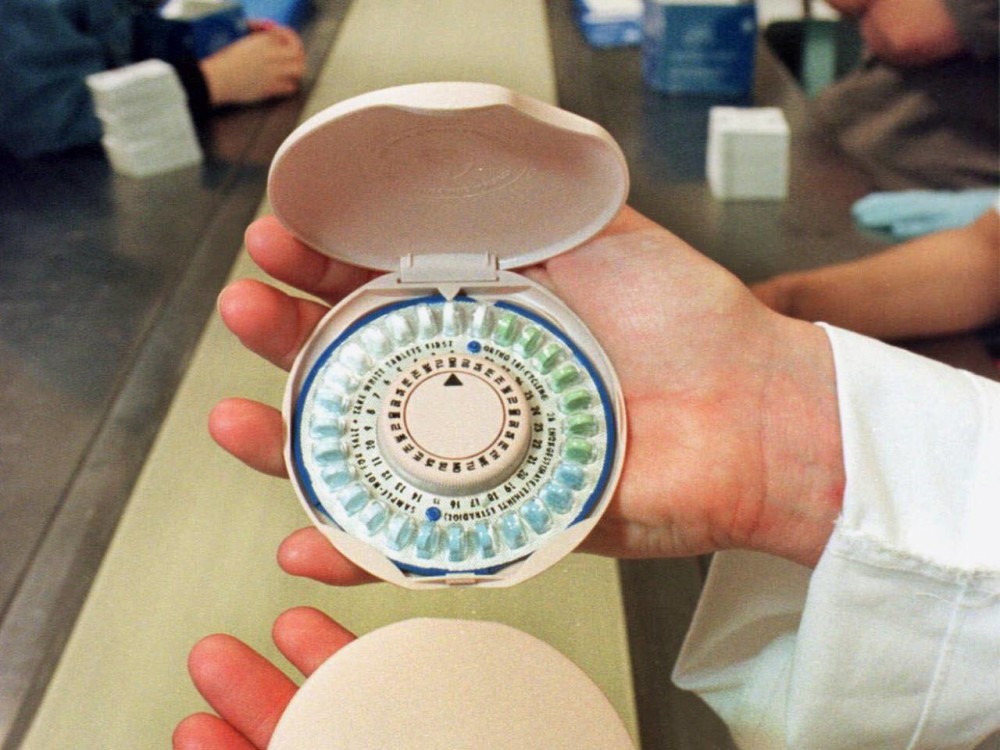By Charlie Brennan
Daily Camera, Boulder, Colo.
In this digital age, is it any surprise that a Boulder firm is launching a product employing wireless technology to advise couples hoping to conceive when it’s time to get down to business in the bedroom?
Aspiring moms and dads, prepare to meet Priya, which may have the potential to bring your baby-making scheduling into the 21st century as fast as you can say, “There’s an app for that.”
Because now there is.
Priya is the brand name on an intravaginal sensor being brought to market soon by Boulder’s Prima-Temp, which bills itself as offering “the most precise and accurate core body temperature measurements available.”
An over-the-counter intra-vaginal ring a woman can wear for a month at a time will continually monitor her core temperature; and when those temperature fluctuations indicate the time is right, the message “You are about to ovulate” will pop up on her smartphone.
This companion message can also be sent to her partner: “It’s time to get busy, we have identified that your partner is about to ovulate.”
“People get it,” said Prima-Temp President and CEO Lauren Costantini in an interview at the start-up’s Boulder office earlier this week. “It’s pretty straightforward. There’s nothing too high tech about it.”
It started in the barnyard, actually.
Wade Webster, a doctor and son of a Greeley feedlot owner, first developed a sensor temperature-measuring capsule swallowed by dairy cattle, where it dwells in one chamber of the animal’s stomach, providing early notice of illness or disease through temperature fluctuations in its body.
Webster holds the patent on that device, now widely used in agriculture, and he is credited as an inventor on the patent that Prima-Temp holds on the intravaginal sensor. He has contended that women are more likely to become pregnant through temperature monitoring than with expensive in-vitro fertilization, which can cost well over $10,000.
Product could ship in April or May
For years, women have tracked their fertility by taking their own temperature at rest early each morning, watching for the increase in body temperature that accompanies the increase of the hormone progesterone that accompanies ovulation.
But Costantini, a former faculty member at Harvard Medical School/McLean Hospital, where she investigated mechanisms and treatments for neurodegeneration, said the timing of a woman’s ovulation is a little more complicated.
“What’s interesting is, two days before ovulation, there is a very slight dip in temperature. It’s really short, and it’s really small, and the only way to capture that is through continuous temperature sensing, not taking your temperature once a day,” Costantini said.
Monitoring the core temperature continuously, she said, can capture that slight dip, as little as 0.5 degrees, that precedes the increase of 1 or 2 degrees women are looking for by a once-daily oral reading.
“If you can picture ovulation as the egg drops down, the best scenario is to have the sperm down there, like a catcher’s mitt,” she said. “The sperm can stay alive two to three days, but the egg only stays alive for 24 hours. So the best time for conception is two days before ovulation.
“But current methods only allow women to identify when she already ovulated. So she has kind of lost the best chance that month.”
Some pre-orders for the product, which will sell for $150 for a ring lasting 30 days, have been taken already during a crowd-funding campaign, and more will be taken soon, with an eye toward initiating shipments in April or May.
Jeffrey Nathanson is CEO of Prime Health, a Denver-based nonprofit organization that he said is dedicated to making Colorado the “healthiest state in the union through the adoption of digital health products.”
At the annual Colorado Digital Health Challenge it sponsored Sept. 30, Prima-Temp was one of eight startups selected based on its pitch to share in $150,000 provided by the Colorado Health Foundation, to also be paired with a host institution to boost the launch of its product.
“Lauren brought the house down,” Nathanson said. “When Dr. David Brody of Denver Health asked, ‘Do the males, or the partners, the husbands get notified as well when they are fertile?’ Lauren said, only if the woman agreed, and the ring tone for the males is Barry White and the Love Unlimited Orchestra.”
Costantini knows there are those to whom the product won’t appeal — “There are women who say, ‘I don’t want anything electronic inside of me; I don’t want a thermometer inside of me” — but believes it will appeal to a wide range of women, from those who simply like the convenience, to those who have struggled to conceive.
“For the women who are about to go into in vitro fertilization — for many women that’s the next step — there’ no (insurance) reimbursement, and it’s $15,000 per cycle, out of pocket.
“Those are the ones I get emails from, saying, ‘We want to try this for a few months, as a last shot…’ That market is an easy market to capture, with our pricepoint.”
Nathanson believes in Priya’s potential. “Absolutely, without question,” he said.
“We believe it’s companies like Lauren’s that are going to lead the way” in bringing “key information technologies” to health care, Nathanson said.















































































































































































































































































































































































